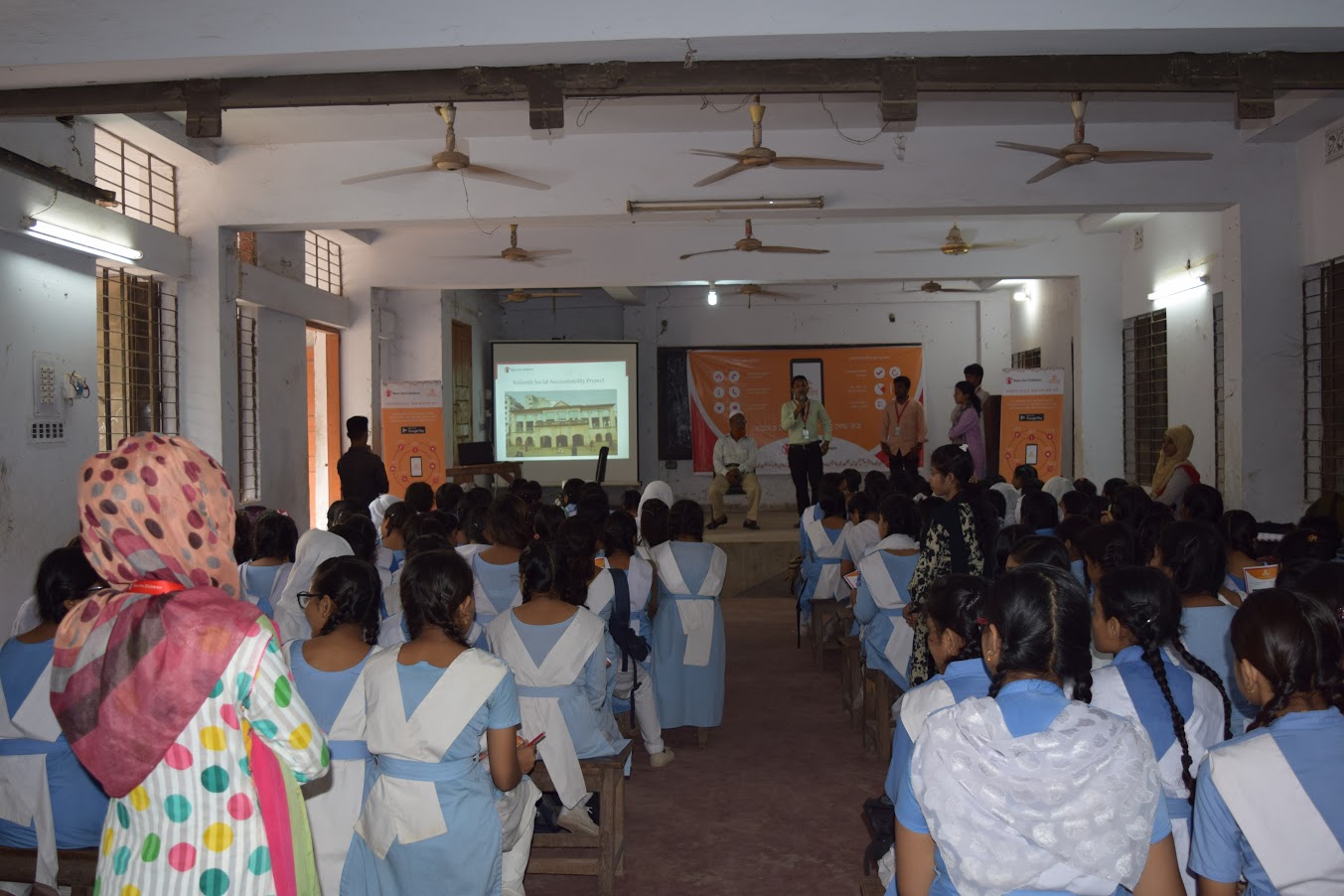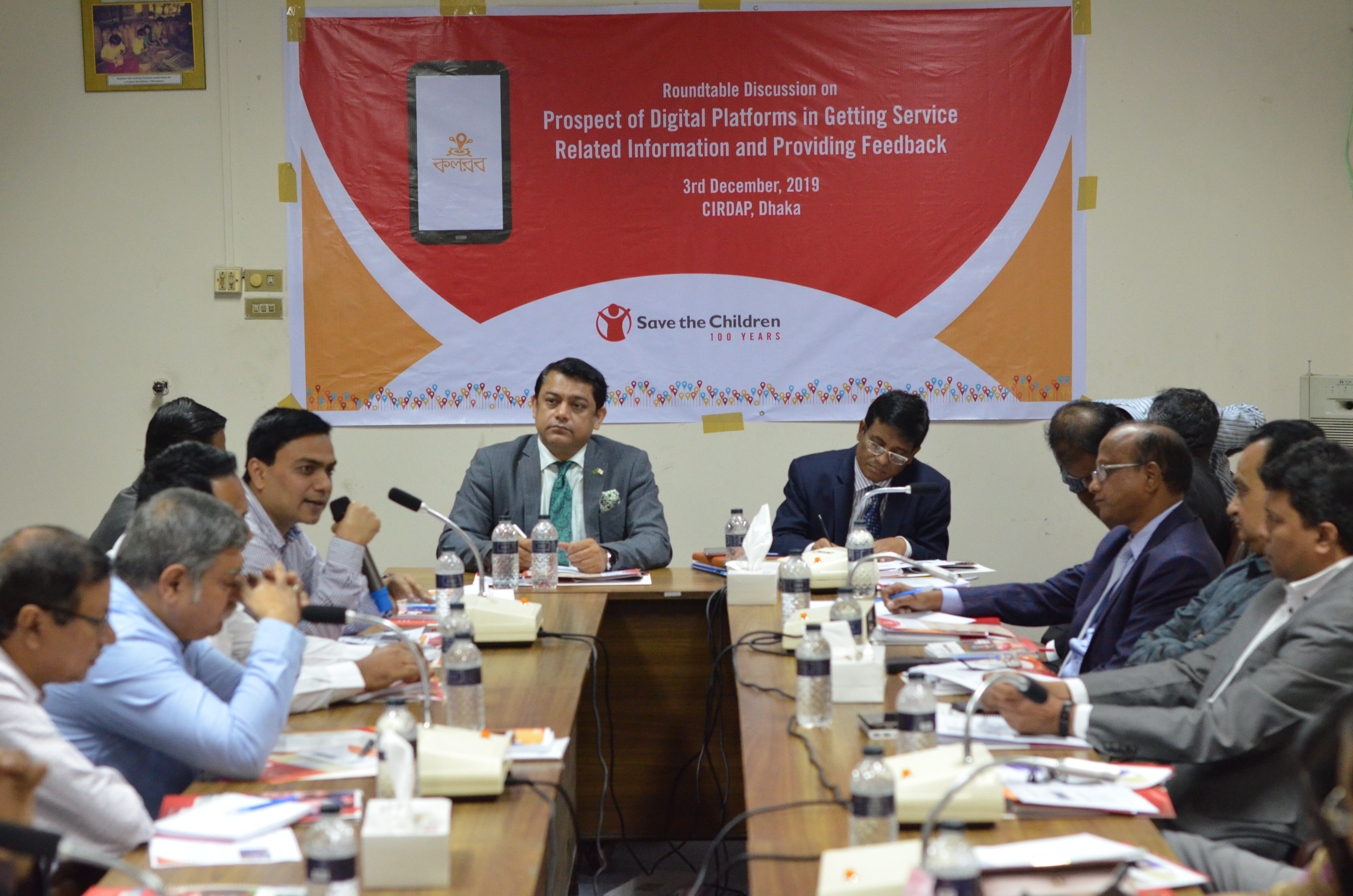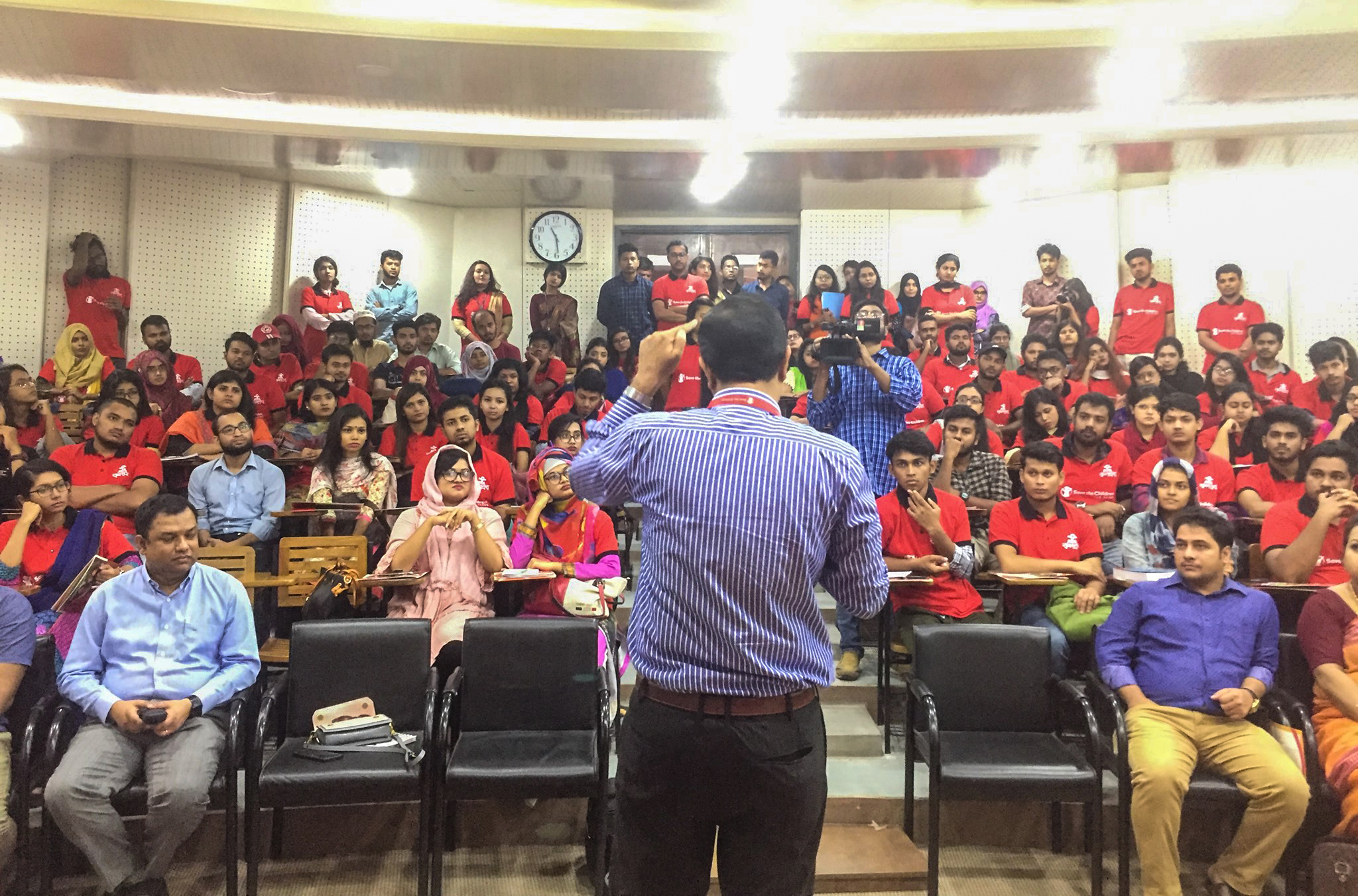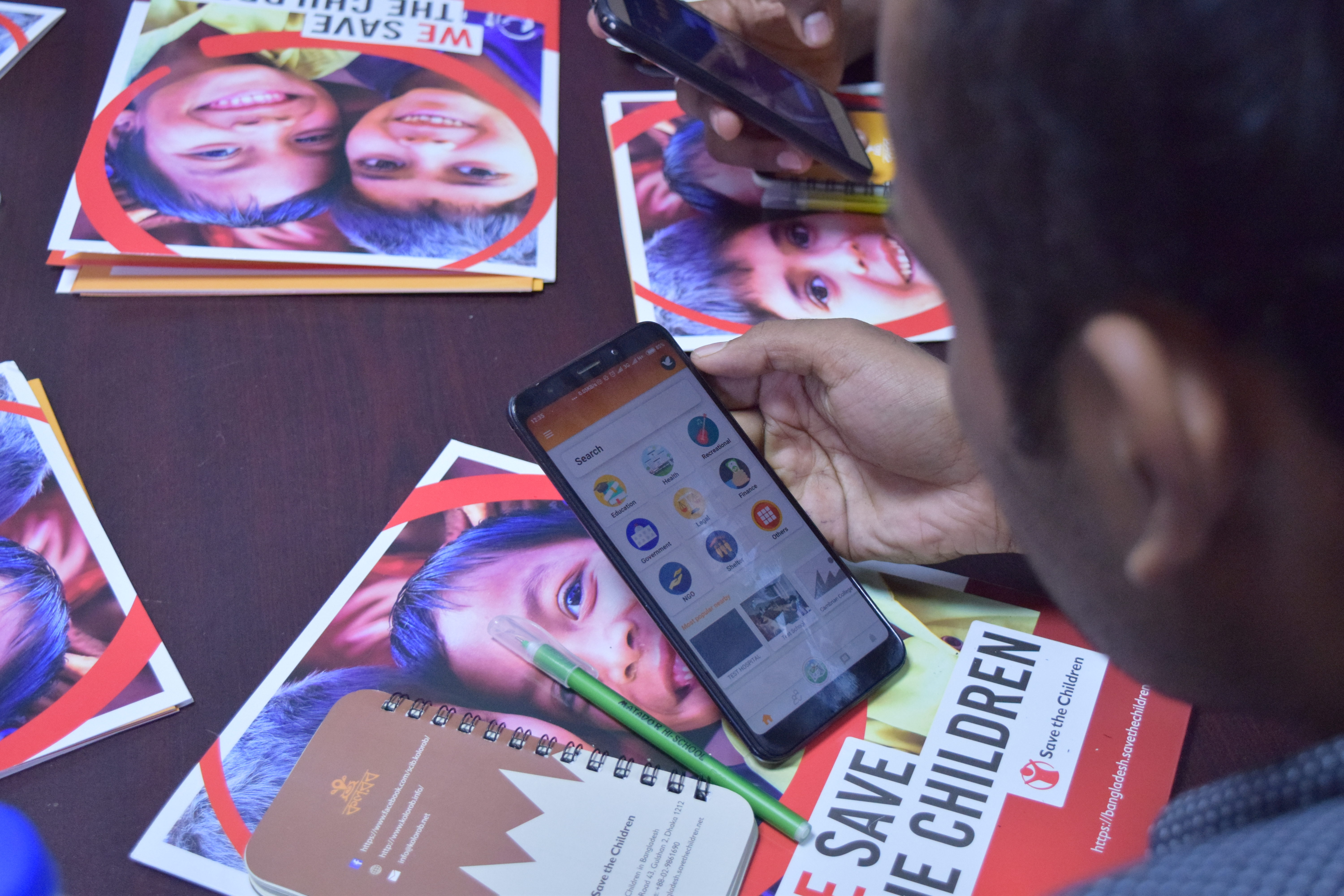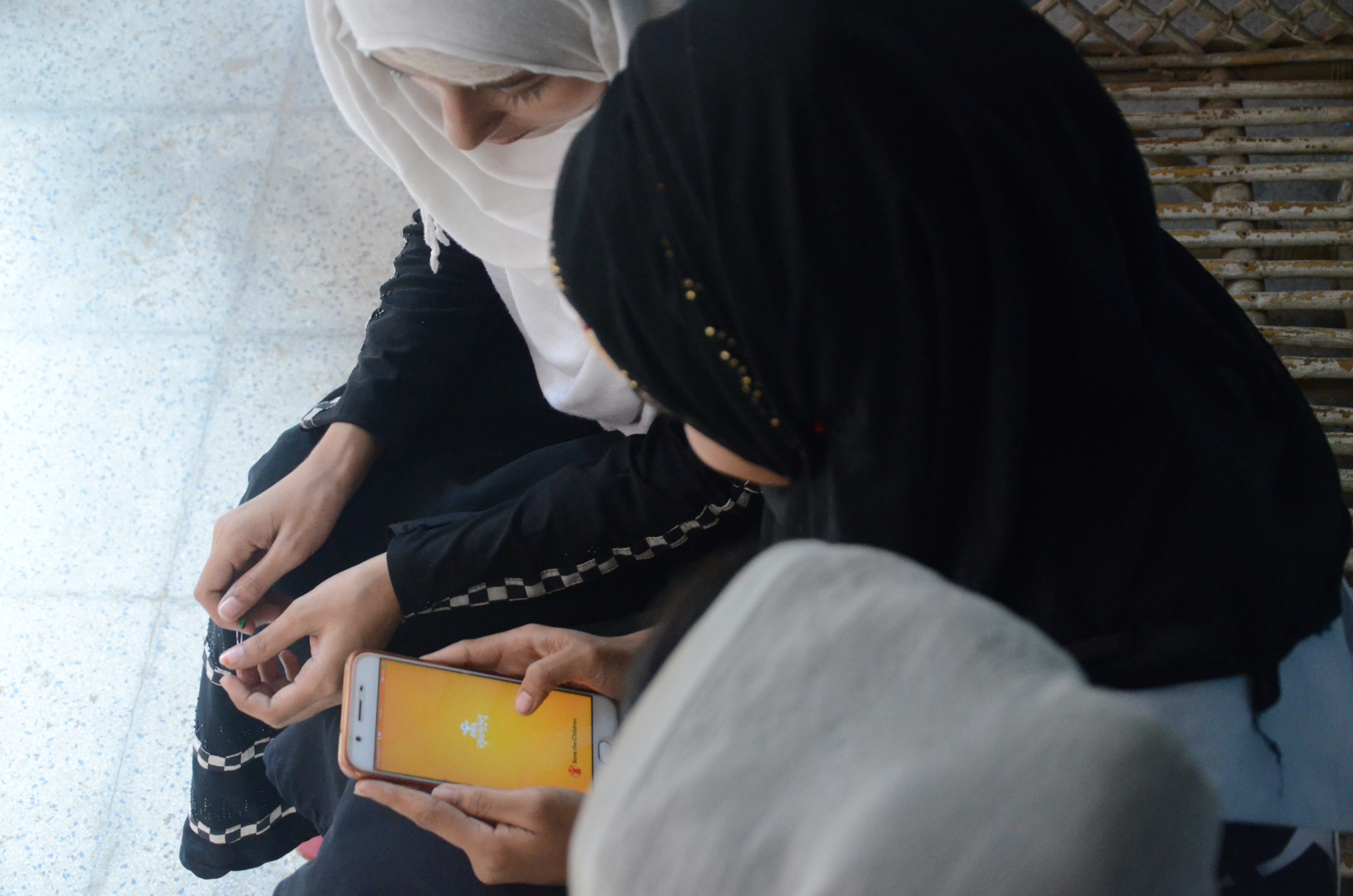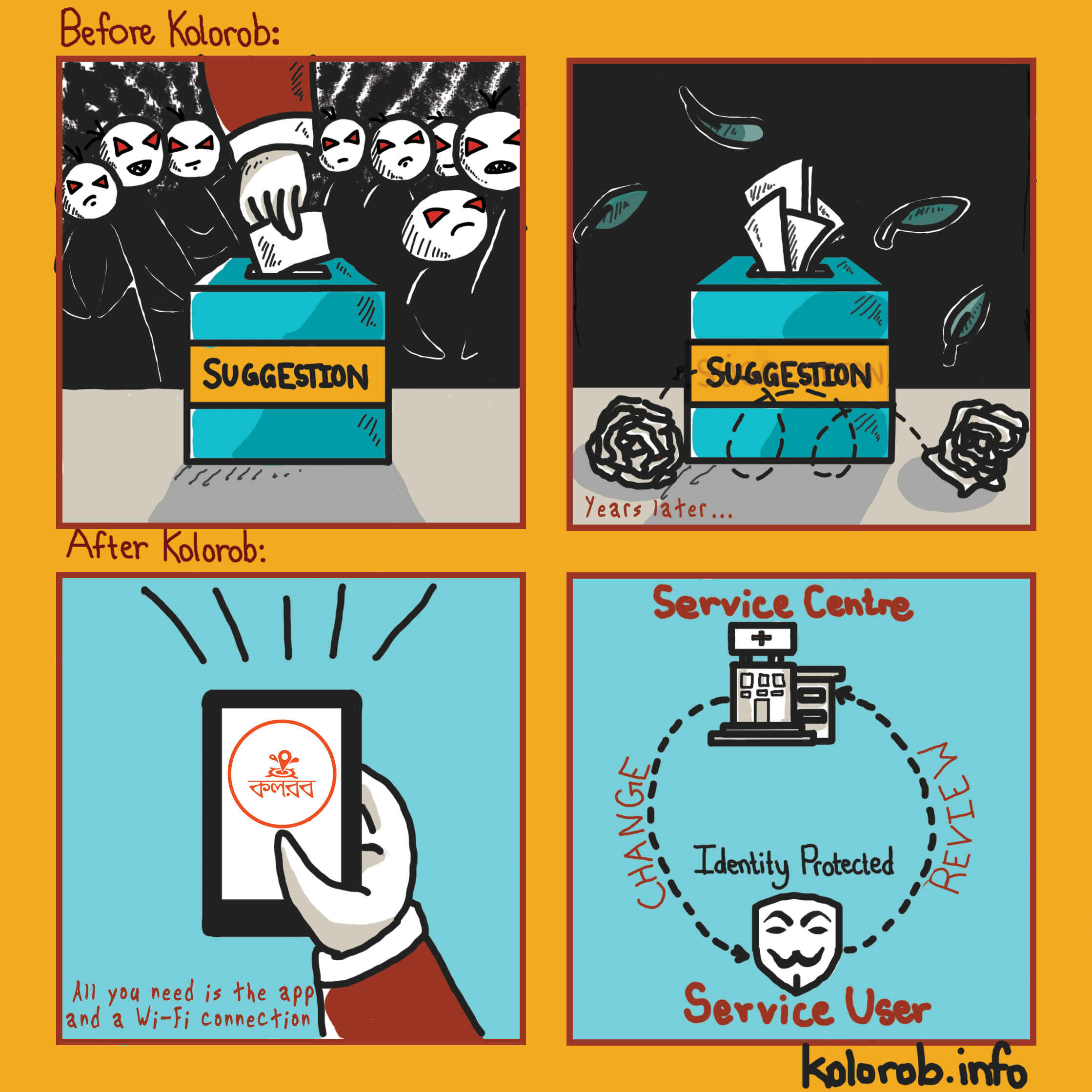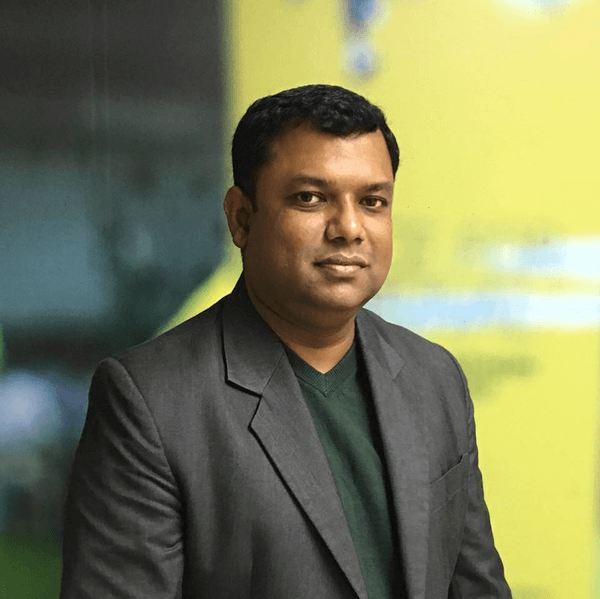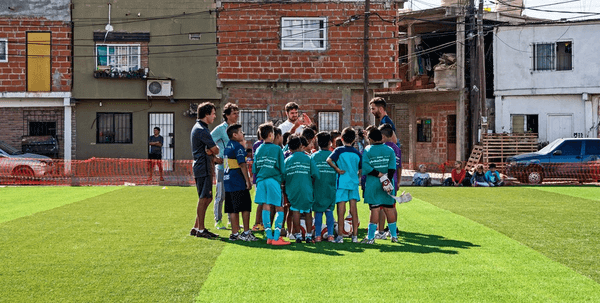City
Dhaka
Main actors
Private Sector, NGO / Philanthropy, Community / Citizen Group, Research Institutes / Universities
Project area
Neighborhood or district
Duration
Ongoing since 2015
Kolorob is an online platform and physical space that improves access to information on essential services aimed at reaching people living in slum and urban poor settlements in Dhaka, Bangladesh.
Kolorob is Bengali for ‘clamour’, and in a local context, it describes people gathering together to talk, exchange information, and converse about their daily lives.
The Kolorob mobile application combines a directory of services, a map to allow you to find the places you are looking for, a ‘compare’ function to allow you to compare costs and quality of services, and a feedback function to enable users to pass on valuable insider knowledge on service providers to others. The application creates an open space for dialogue between service providers and users, and operates as a marketplace for information that local people need in their daily lives.
Kolorob helps residents living in informal settlements of Dhaka to navigate their city using just their phone or digital kiosks in user-friendly community centres. These centres are equipped with computers, internet, and a room for children and young people to meet, study, play and learn.
External links / documents
On Map
The Map will be displayed after accepting cookie policy
